Python Programming Language: How Powerful it is?
Python Programming Language: How Powerful it is?
Python programming language is versatile, widely used, and is known for its simplicity and readability. Built by Guido van Rossum, it was released in 1991 and was designed to be easily accessible to the novice programmer, emphasizing syntactic construction and delicacy that allowed developers to concentrate on the real problem rather than wading through arcane code.
Whether automating small-to-simple tasks or building complex AI systems, Python programming language enables you to realize your dreams with its untold benefits and flexibility. Ease of understanding and operation combined with powerful features and community support have made this language a chosen code on the globe.
This blog will discuss some unique features of Python, its applications, and why it is so fascinating. We'll guide you through some useful tips to help you start working with Python programming.
What Is Python Programming Language?
Python is an easy-to-learn, high-level, interpreted programming languages known for its simplicity and versatility. The language is designed keeping in mind the need for readability and efficiency, thereby opening the door for novice programmers and giving great options for developers to use their Python skills profitably. Python enables the writing of cross-platform compatible codes that are written in a clean and concise manner.
History and Evolution of Python
Guido van Rossum created Python and introduced it in 1991 after the release of - "Flying Circus by Monty Python", a British comedy group. During its creation, Van Rossum put emphasis on simplicity and productivity. Since then, Python has undergone vast changes: among others, the major Python versions introduced new features and improvements, namely Python 2 and Python 3. With its release in 2008, Python 3 spelled a new era in the development of the language; it aimed at modernizing syntax and guaranteeing future compatibility.
Unique Features of Python
Readability and Syntax: Technical processes are presented in a clean and intuitive manner that has more appeal and is more understandable to the eyes and ears of a rookie programmer.
Portability: The language is platform-independent and may be run on a new OS with minimal modification if written on one.
Broad libraries and frameworks: The language is rich in Python libraries such as NumPy, Pandas, and TensorFlow which makes it ideal for data science tasks and applications.
Interpreted Language: It is an interpreted language, meaning that the code is run by a Python interpreter line-by-line boon for debugging.
These are the features that put Python above the other programming languages. Also, it possesses powerful Python community support for constant updates.
What is Python Programming Language used for in Modern Development?
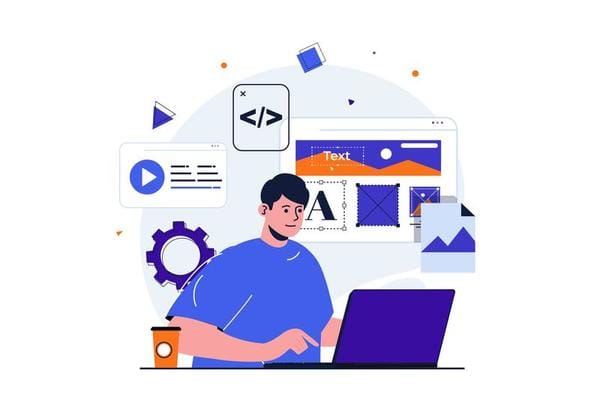
Because of its simple syntax, Python is really easy and yet powerful which gives it wide usage and popularity. It is one of the most versatile and widely used programming languages in the modern-day development era. Given its simplicity, flexibility, and powerful ecosystem, python also becomes the first choice for problems of all kinds over many different domains.
This section explores Python's versatility across key domains, highlighting the role of Python programs in shaping today’s technological landscape and covering various aspects of the general question - What is Python programming language used for?
Python in Web Development
Python is probably only one of the few programming languages empowered to build high-performance dynamic websites and applications. It simplifies the development process in that a developer has prebuilt components for everything from routing to templating and database management. Companies like Instagram and Spotify have enormous backend operations done in Python which alone proves its effectiveness towards web development.
Python in Data Science and Analytics
Python is an indispensable tool in the machinery of data scientists that also provides libraries such as Pandas, NumPy, and Matplotlib for data manipulation, analysis / advanced data analysis, and data visualization, respectively. Because of these beneficial features, tools like Jupyter Notebooks which allow users to write code, generate visualizations, and document within the same interface, make Python a must-have for data professionals.
Python in Artificial Intelligence and Machine Learning
At the heart of AI and machine learning, Python remains the go-to language with tools such as TensorFlow, PyTorch, and Scikit-learn. Because of its simplicity, a developer can develop and experiment in areas such as natural language processing and computer vision without having to spend time on the code itself.
Python for Automation in Software Development and Integration
Python is incredibly good at handling static and repetitive work and interfacing with other platforms and systems. For instance, it integrates with Selenium for web testing and Ansible for the Infrastructure as a Code. Indeed it can interface with other languages such as C++ and Java to perform well as a glue language in multi-technology applications.
Real-World Python Applications
A vivid example of Python application can be witnessed in sectors such as autonomous vehicles or fintech. It is employed by Tesla for data analysis and training neural networks, while in fintech it carries algorithmic trading and fraud detection systems proving versatility.
Real-World Tools Made Using Python programming language
Python plays a central role in the creation of many tools and application software in different sectors. Because of its minimal BNF, it stays simple but is sufficiently powerful to support developing simple utilities and rather complicated systems. Here are some of the notable tools and software built using Python:
Blender

As its name implies Blender is an elegant free 3D statement program that is normally used in animation, modeling, rendering, and video editing. It provides the best platform where users develop 3D graphics, simulations, and scripting plugin development. Python enables developers to automate existing schemes, design add-ons, and in general enhance and expand the functionality of Blender.
TensorFlow
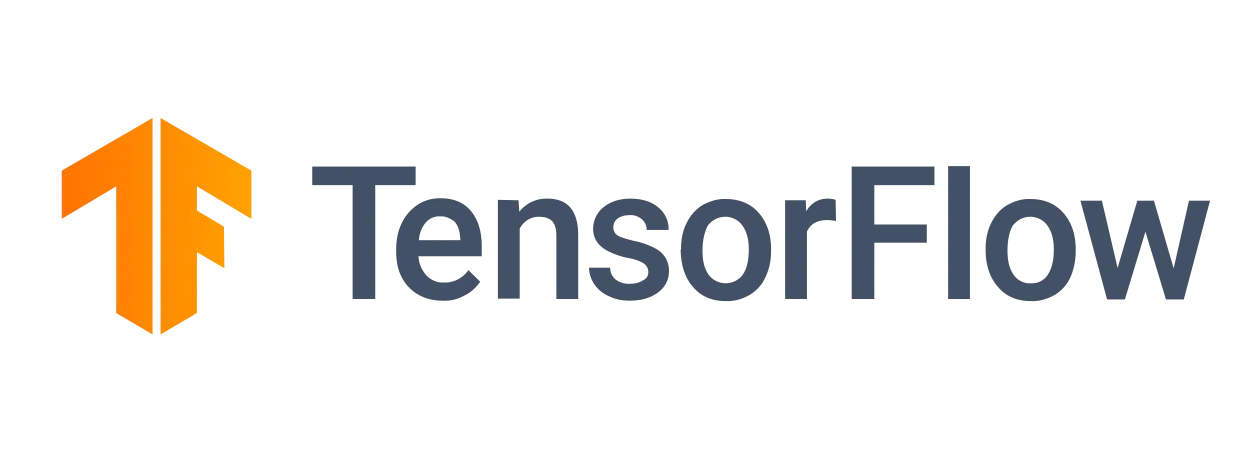
TensorFlow is an open-source machine learning and deep learning computing framework, created by Google. It has turned into a mainstay in the proclivity for Artificial Intelligence and machine learning circumstances in preparing neural systems. TensorFlow, is built and run in the Python programming language and its applications include image classification, speech recognition, and natural language processing.
Django
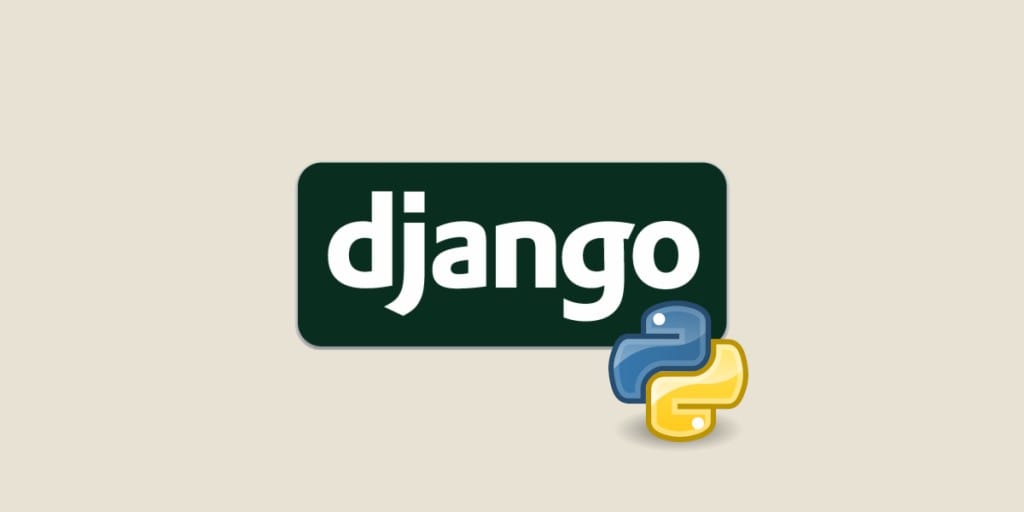
Django is one of the web application Python frameworks built to encourage the creation of secure and extensible web applications. It’s being employed by big players like Instagram, Pinterest, Disqus, etc to deliver intricate websites with rapid development. Django provides the simplest outlines, additional features, and versatility that generally contribute to its popularity as a web development framework.
Ansible

Ansible is an IT automation tool that can be used for configuration management, application deployment, and task runs. DevOps mainly uses it to rebalance the IT structure and make it easier to manage. Using Python, Ansible enables developers or system administrators to automate many tasks, ranging from managing servers to deploying applications.
YouTube

Although YouTube is designed with various other programming languages, Python is one of the most important languages in the backend structure of YouTube. It is also used in managing some processes including user inputs, handling of videos, and databases. The platform must allow for the systemic management of the global structure on the scale of YouTube, and thanks to the features of Python, this can be achieved easily.
PyCharm
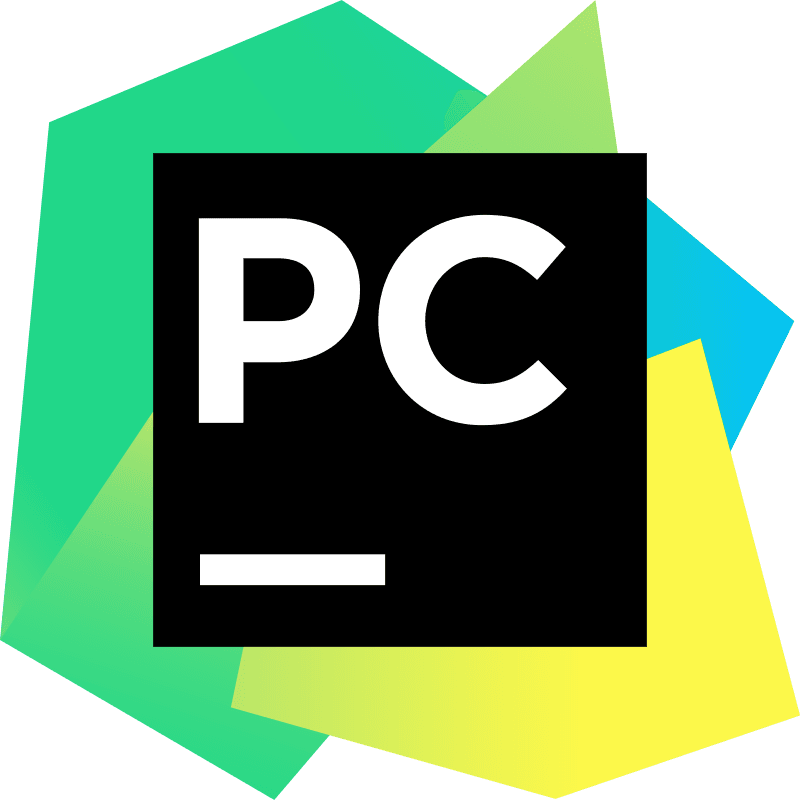
PyCharm is an IDE specially designed to use with the Python language created by JetBrains company. “PyCharm is an integrated development environment (IDE) used for computer program developments that support Python programming language, main features that PyCham has includes code analysis, graphical debugger, integrated testing, and web development frameworks”. PyCharm simplifies coding and increases efficiency for any Python software developer.
Dropbox
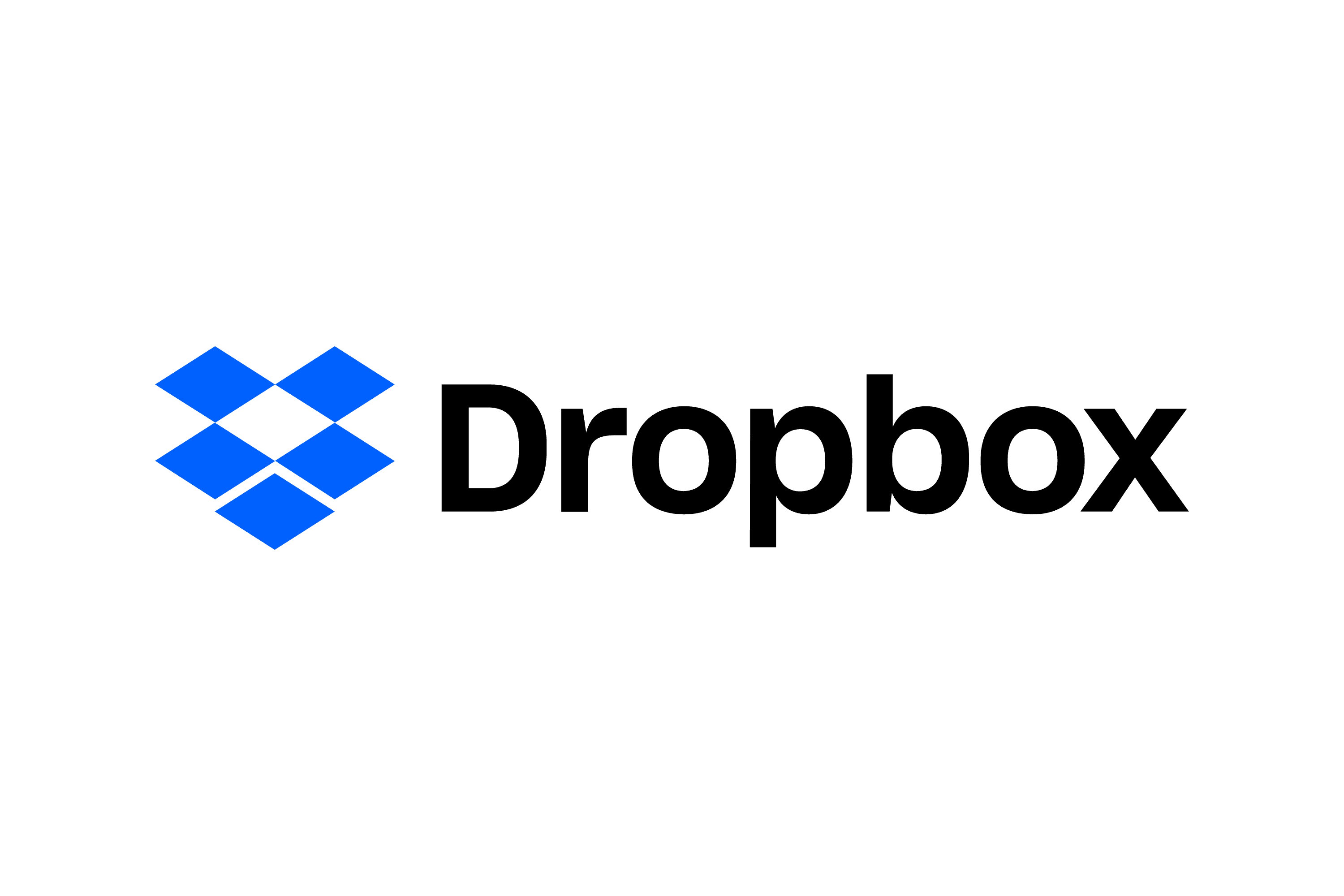
Server-side scripts of Dropbox and the cloud storage service employ Python. Here Python is used to handle files and folder storage, to share files on different devices, and to work with users’ accounts. Because of its mobility and flexibility, it is well suited to manage the disparate types of work that Dropbox needs for successful operations on various platforms.
AutoCAD

AutoCAD which is used in the execution of Computer Aid Design in the industry enables its users to generate accurate 2D and 3D drawings. AutoCAD comes with the provision of AutoCAD Python API, for automation of drawings, customization of tools, and creating scripts that would extend the functionality of the program.
The use of Python in the development of these tools and software gives a clear perspective that Python is not only used as a scripting language but is the backbone of some of the most important tools and software used in industries today.
Benefits of Python Programming Language
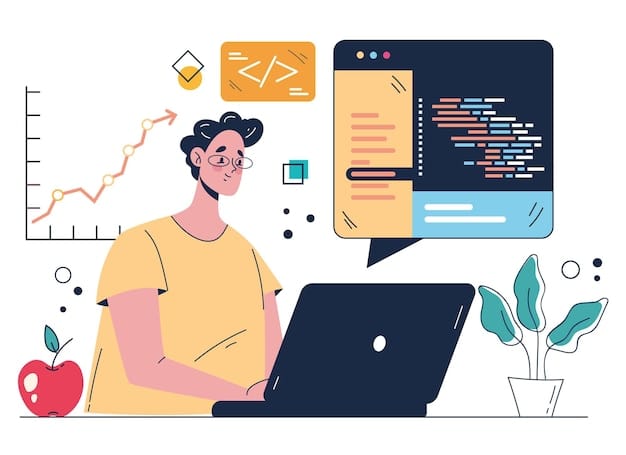
Python is one of the best programming languages in demand with numerous advantages to meet the different needs of users – from a beginner to an advanced level. This way, a simple, universal, and solid environment makes it an important weapon in contemporary software production.
Easy to use and learn Python
Unlike other programming languages, Python's best feature is it is easy to code, has fewer lines of code, and is easy to understand making it suitable for starters. Python is actually easy to learn because its syntax is close to plain English in other words they are nearly similar. This leads to ease of use, which allows the developers to write and execute programs with a lot of simplicity without close program.
Large Community and Support
Python has a great number of fans and developers, which contributes to the advancement of the language due to numerous libraries, tools, and frameworks. There are many documentation, websites with forums, and educational tutorials available to support the developer’s need for easy access to solutions and knowledge sharing.
Cross-Platform Compatibility
Python is platform-independent, meaning it can run on various operating systems like Windows, macOS, and Linux without major changes to the code. This flexibility allows developers to create and deploy Python applications across multiple environments seamlessly.
Highly Readable Code
Python lays huge emphasis on the readability of code so the time required to develop a program reduces greatly. The code choice is evident, has a clear syntax, and is formatted consistently therefore it is easier for developers to comprehend, correct, and add on in the future. It also guarantees longevity and productivity, especially within large group assignments and other joint initiatives.
Versatility and Scalability
Python is one of the most used programming languages because of its extensive standard library and support for third-party libraries that enable developers to handle tasks ranging from web server development and data analysis to artificial intelligence and scientific computing. Its scalability makes it suitable for small scripts as well as large, complex applications.
The Allure of Simplicity in the Python Programming Language
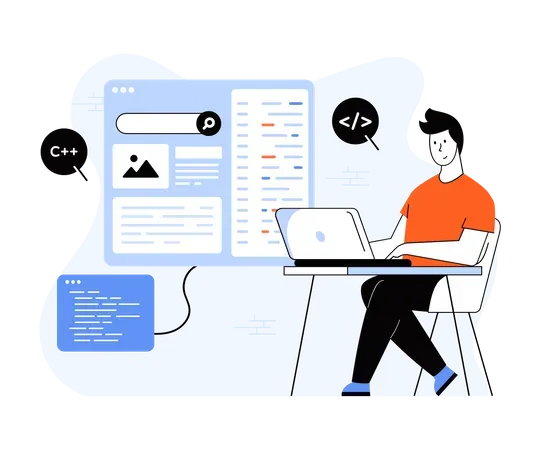
Another factor why there is a growing interest in using Python is its easy-to-learn characteristic. The main concept with which Python was created was to make programming more accessible, and due to the focus on simplicity, the language is popular with beginners and experienced developers. First of all, by following the concisely structured and easily understandable syntactic model, the language lets developers spend more time addressing the problems rather than trying to comprehend the structures of the code. It encourages new programmers to build more natural applications because programming through basic structures becomes much easier.
Readability and Development Speed
Unlike so many other programming languages, Python has a natural language syntax with a minimum of punctuation and no declaration statement. This level of readability lets the flow of the program be easily seen, enabling developers to write a program in the shortest time possible. For this reason, Python has a less complex architecture as it allows for quicker prototyping in addition to quicker iterations which is relevant in dynamic settings. It is quite useful both at the level of writing scripts and at the level of developing big applications; this is due to the absence of unnecessary rows of code and, therefore, to less time spent on the correction of mistakes and for application support.
Benefits of Simplicity and Clean Code
A language that emphasizes simplicity and clean code provides several key benefits:
Reduced Complexity: Unlike other most popular programming languages, In Python, the benefits of having simpler code is that it is easier to read and develop, MOOC is friendly to both the inexperienced and the experienced developers.
Faster Debugging and Maintenance: The first and uttermost reason for developing code commenting standards is that well-commented code is easier to debug and maintain. A smaller number of lines to search for allows developers to recognize problems as well as optimize code more quickly.
Collaboration: Python makes teamwork even better because developers can always understand what we do. This is a plus for big projects as misunderstanding can easily arise due to the size of the project hence the need for clarity.
Long-term Productivity: By coding effectively and clearly today, other developers, or maybe yourself, will be able to pick up the project and work faster without certain barriers.
In other words, the intuitive nature of the language isn’t a nicety – it actually makes Python stronger and more adaptable than many other languages in the present day.
Conclusion

Python (object-oriented programming language) remains one of the strongest players in modern development and it steadily proves to be even more flexible and effective today. Easy and straightforward, this programming language is perfect for novices and professional programmers useful and supported by a rich community as well.
The versatility of Python basics makes it further applicable for use in diverse domains such as web development, data analysis, and artificial intelligence aggravated by the fact that it can be flexibly applied in several fields of specialization owing to its relative simplicity. From a beginner having started with programming to an advanced programmer with skills in data structures and system scripting on a large complicated project, Python has what is required to create robust efficient systems. Python remains cutting-edge today due to its clean syntax and large libraries and framework base that defines the future of software solutions.
Python Programming Language - FAQs
Why Is Python Programming Language a Leading Choice Among Developers?
Python is more popular due to heavy support from its communities, flexibility, and ease of understanding. It has a vast and vibrant user base that offers extensive resources, a library, and a framework to solve various issues. Python's development is also very dynamic with many uses ranging from the development of websites, functional programming, system scripting, ETL for web data, translation for multiple languages, analyze data, visualize data, solving complex algorithms, and software development to artificial intelligence development.
How powerful is Python in various fields such as web development and data science?
In particular, it can be stated that this language boasts truly versatile advantages, speaking of which Python is most helpful in areas such as web development and data science. When it comes to web development, there can be nothing better than using Python frameworks like Django or Flask for developing large, secure, and scalable websites/web applications and the integration capabilities ensure that integration with other technologies is quite easier. In data science, writing code samples with more different libraries including Pandas, NumPy, and Matplotlib provide great opportunities for data manipulation, analysis, and visualization.
What is Python programming language used for in real-world applications?
Companies in the healthcare, finance, or education sectors use Python to address complex issues. In healthcare for example it is used in executing data analysis for disease prognosis and medical record analysis. Python in finance includes algorithmic trading, risk managing, and financial modeling.
The application of Python is rampantly observed in education platforms, where they apply it in creating teaching interfaces and automating many services. This flexibility of Python empowers it to counter many tasks within these industries; it is an exceptional resource for applied computation.
Can you explain the benefits of Python programming language for both beginners and experienced developers?
Due to its simple syntax or readability, python is suitable to be our first language for beginners or first-timers to programming. The language’s simple approach decreases the concern space of acquiring how to code, in this manner helping new developers to concentrate on achieving problems.
To experienced programmers, Python is a versatile language with wide capabilities specifically within the areas of computation intelligence, web applications, and statistical analysis. Due to this vast adaptability, experts working on challenging projects are not bothered by too much boilerplate code meaning it’s perfect for experts.
In what ways does the versatility of the Python programming language enhance its power?
Python’s multi-functionality greatly boosts its strength and can be applied in different fields of applied sciences including web, software, big data and data analytics, artificial intelligence, automation, and more. For instance, web development can mirror databases and front-end technologies.
In data science, it deals with big data and statistical computations in a faster manner. This type of dynamism makes Python a versatile instrument when it comes to developing applications for different industries: elastic and high-performance.
How does the design of the Python programming language contribute to its effectiveness in programming tasks?
Python reflects a clean and uncluttered look; it is easily readable and it is stylish, which makes it great for programming. Moreover, the strong framework of the language comes in a clean, concise, and unencumbered structure that fosters a clear line of thinking, so developers’ ideas are conveyed much better and the code written in this language is produced relatively much faster. Moreover, there is ‘The Zen of Python’, a list of guiding principles in Python, which include readability, simplicity, and clarity.
In what scenarios is the Python programming language most powerful compared to other programming languages?
It is best used in applications such as AI, automation, and data science. When it comes to AI and machine learning there are a number of efficient libraries available such as TensorFlow, Keras, scikit-learn, etc. which make it easier to implement models.